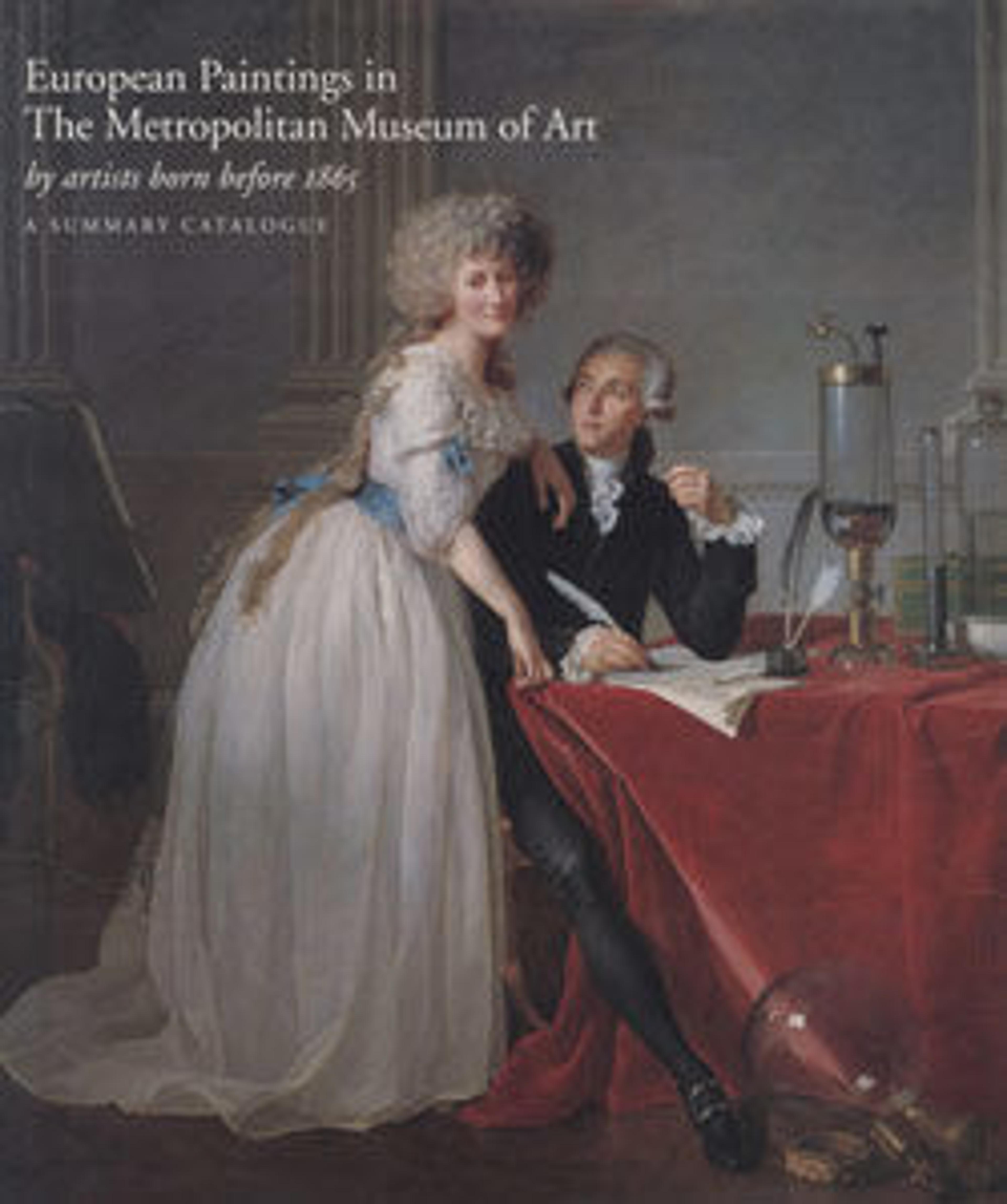Madonna and Child Enthroned with Saints James Minor and Lucy
Son of the influential Venetian artist Paolo Veneziano, Marco was active in Padua and Treviso in the second half of the fourteenth century.
Some local losses are visible in the background and in the figures, the flesh areas of which are, however, fairly well-preserved.
Some local losses are visible in the background and in the figures, the flesh areas of which are, however, fairly well-preserved.
Artwork Details
- Title: Madonna and Child Enthroned with Saints James Minor and Lucy
- Artist: Marco di Paolo Veneziano (Italian, Venetian, active 1362–90)
- Medium: Tempera on wood, gold ground
- Dimensions: 12 1/4 x 17 1/4 in. (31.1 x 43.8 cm)
- Classification: Paintings
- Credit Line: The Friedsam Collection, Bequest of Michael Friedsam, 1931
- Object Number: 32.100.87
- Curatorial Department: European Paintings
More Artwork
Research Resources
The Met provides unparalleled resources for research and welcomes an international community of students and scholars. The Met's Open Access API is where creators and researchers can connect to the The Met collection. Open Access data and public domain images are available for unrestricted commercial and noncommercial use without permission or fee.
To request images under copyright and other restrictions, please use this Image Request form.
Feedback
We continue to research and examine historical and cultural context for objects in The Met collection. If you have comments or questions about this object record, please contact us using the form below. The Museum looks forward to receiving your comments.
